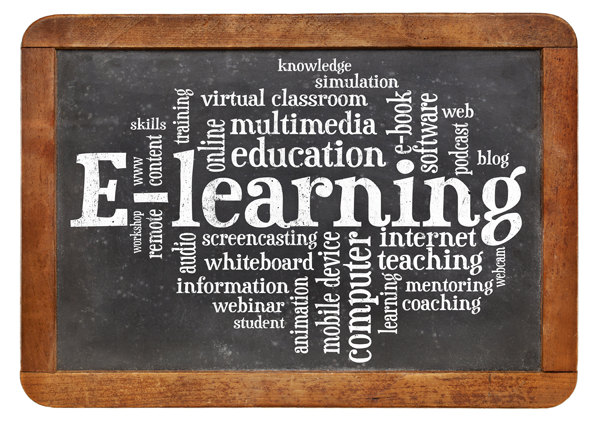
E-education: How Does Australia Fair?
Education is one of the sectors that have seen tremendous changes with the advent of technology and growth of cloud-based communication and collaboration systems.
In the modern age, education needs to keep pace with students’ demands for collaborative environments, where the knowledge is accessible anytime and anywhere, which is why they readily embrace online education opportunities.
These demands led to proliferation of different types of e-learning services, which set out to offer more chances for academic and professional advancements to both graduates and life-long learners.
Nowadays, many reputable institutions are seeking out the ways to adapt to the market and give the exact kind of education modern students need. Hence the growth of online schools, academies, and other forms of learning centers and services, which are turning traditional education systems into interactive online learning resources.
MOOC in Australia
Besides having to adapt curriculums to the increasingly mobile and technology-savvy students, educational institutions also need to come up with new ways to deliver their courses to everybody interested in them.
This is why web platforms such as EdX and Coursera that offer Massive Open Online Courses (MOOC) were rapidly embraced all over the world. The estimated number of 10 million students who enrolled in over a thousand of courses speaks for the popularity of these platforms.
The benefits are obvious – you can now take any course you want from a prestigious institution at home for free.

Australia is among the countries that recognised the benefits of e-education and Open2Study is one of the first online education platforms that launched in the region. Here, students can find courses offered by Macquarie University, Central Institute of Technology, Flinders University and many others.
Last year, more than 30,000 of students registered at the website, which is definitely a nice number for a starting platform.
Cloud as an important form of innovation
The rapid expansion of MOOCs worldwide is only one of the ways modern education changes. Another thing that changes the face of traditional education is implementation of latest technologies with the aims of facilitating admission processes, cutting the IT costs and generally improving student’s experience, especially in higher education.
Since cloud technology is known for its benefits in terms of cost-efficiency, more and more educational institutions reach out to cloud providers to help them modernise their systems. Earlier this year, we released a white paper that examines the role of cloud technology in education, where we highlighted the ways latest solutions are transforming traditional settings.
Namely, along with MOOCs, the cloud is seen as one of the most important game-changers in modern education because it enables educators to make their courses more interactive and promote student collaboration.
In Australia, the trend of introducing latest technologies in educational settings is on the rise. An interesting article on informED exemplified different ways emerging technologies are used in education.
Some of the institutions that have introduced cloud and mobile technologies are St. Leonard’s College, where student use tablets to access information, receive instruction and do their research; Ringwood North Primary School that participated in an important digital project, while Darwin High School initiated a project using 3D printers to expose students to real-life business processes.
From these examples, it seems that the future of education in Australia lies in the cloud and mobile computing, which is certainly a good direction given the fact that modern job market increasingly requires these skills.
The focus on e-education can be a potent way to boost country’s economy and further develop business opportunities, which makes it an important topic in different industries.
